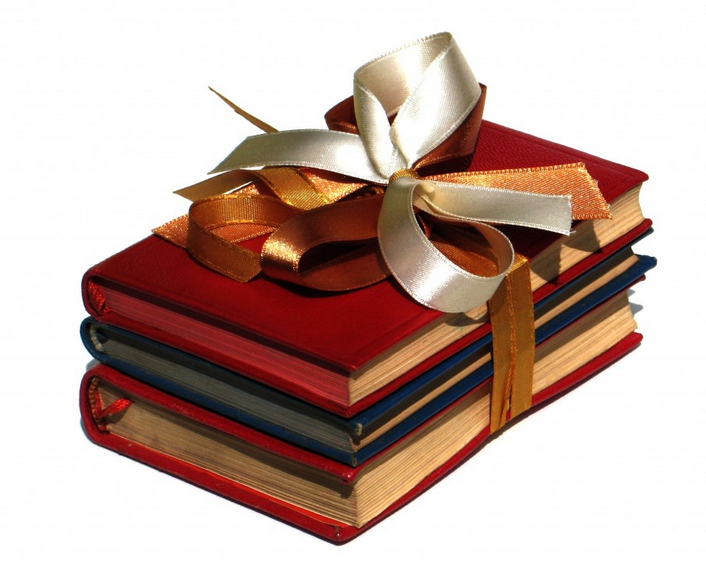Suki Kim explains that her book Without You, There Is No Us: Undercover Among Some of North Korea’s Elite is “literary nonfiction based on investigative reporting…. The book is not based on memories to explain my life, but based on undercover investigative journalism to convey the psychology of North Korea’s future leaders and their very complex and human and inhumane world, seen through my eyes. Those who expect a straightforward reporter’s nonfiction, this is not. Those who expect a memoir about a woman’s self-discovery, this is not.”
She clarifies further in the prologue:
“Time there seemed to pass differently. When you are shut off from the world, every day is exactly the same as the one before. This sameness has a way of wearing down your soul until you become nothing but a breathing, toiling, consuming thing that awakes to the sun and sleeps at the dawning of the dark. The emptiness runs deep, deeper with each slowing day, and you become increasingly invisible and inconsequential.”
These explanations give readers the clear insight they need to understand Without You, There Is No Us. Kim Jong-il is known as “Dear Leader” to distinguish him from his father Kim il-sung, “Great Leader.” The current supreme leader is Kim Jong Un, “Outstanding Leader.” Suki Kim’s students praise the leaders, past and present with gratitude for giving them the greatest country on earth. Songs, TV shows, and articles are all about the leaders and admiration for them.
The fact is that many people in North Korea are starving. Electricity is unreliable and can go off unexpectedly and remain off for some time. People know only what Kim Jong-Un wishes them to know.
Kim describes the constant surveillance she and the other foreign teachers are under. They all have minders who monitor their classes and their free time as well. All of the students watch the teachers, but one particular student is known to be ready to report any infractions. Then Kim learns yet a second student in each class is a watchful observer ready to report as well. All lessons must be approved ahead of time and no deviation must be made once the approval is given. Kim writes that “the constant surveillance by the counterparts and minders evoked fear in us. We knew that the consequences were unthinkable, so we did what we were told.”
The first picture below shows Kim in her classroom. Now, of course, Kim Jong-Un’s picture is hanging alongside the pictures of his father and grandfather. The second picture shows students gathered outside following an exam.
The teachers must not say anything that sounds as if they are “boasting about America.” That means that Kim remains guarded in answering her students’ questions. When she mentions that she backpacked across Europe as a college student, the students’ faces close down and they become silent as if they do not believe her. They cannot travel freely in their own country much less travel outside the country.
The teachers may go on planned trips, but they must pay for the use of the bus, gas, and admission to any attractions. These trips must be planned far in advance as well.
Teachers are guarded in their communication with their families. They do have access to email, but the emails are monitored. Kim set up a special email to use in communicating with friends and family outside of North Korea. Readers can easily see why Kim describes the life in North Korea as “wearing down your soul until you become nothing but a breathing, toiling, consuming thing that awakes to the sun and sleeps at the dawning of the dark.”
Kim, like Hyeonseo Lee, describes the weekly confessions for students. After a fashion, the foreign teachers also had confessions, but that is because most of the teachers are religious. The school cannot proselytize, have students read the Bible or otherwise discuss Christianity, but the founders of Pyongyang University of Sciences and Technology (PUST) hope that by providing the free education that if the regime relaxes its views on religion, the founders of PUST will have an opportunity to speak freely about religion in North Korea. Their hopes are most likely ill-founded. Suki Kim has not professed that she is religious or that her reasons for teaching at the college are only to find out more about North Korea. No one has questioned her either.
Kim describes a number of unusual actions that she observes in North Korea. For example, on an outing to the International Friendship Exhibition Hall, she and her fellow teachers ate lunch at the Hyangsan Hotel in Pyongyang. She notices “five or six women squatting and cutting the grass with scissors.” Other odd actions included seeing peasants in the countryside gathered on the roadways, sitting, talking, and eating together. Kim realizes the pavement represents their town square or café, a place where they can gather.
The food served in the cafeteria is almost inedible. Teachers have been told to bring food with them such as dried fruits and canned foods. They even bring their own toilet paper. They are allowed to take supervised shopping trips to the markets where most of the items are from China.
Kim records a conversation with a fellow teacher:
“There’s no freedom. They are watching us constantly. I know they are recording everything we say and keeping files on us, and I feel really bad all the time. I just don’t feel comfortable here. It’s not about the terrible food and the material lack of everything. It’s the basic humanity. It’s missing here.”
That observation sums up the experience of living in North Korea. On the other hand, Kim does speak lovingly of her students as she describes them. After spending six months teaching the young men, she has come to love them and hope for their futures, but she knows even as the elite, they will live restricted lives.
Suki Kim’s Web site provides additional insight into her experience of teaching at PUST in North Korea: http://www.sukikim.com/. On the site, Kim has included a bio, photo album of pictures from North Korea, and her TED Talk along with other videos.





































